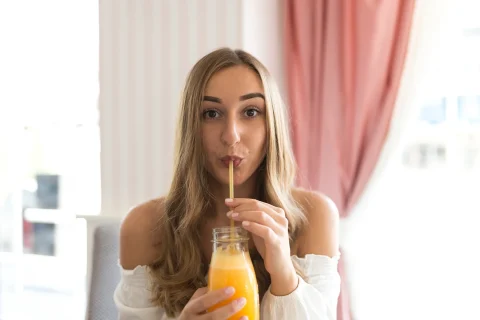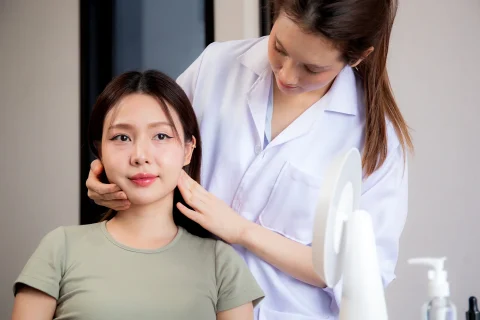Boost your lip confidence by understanding how much lip filler you truly need—discover the perfect amount for you.
You need a consultation to figure out the perfect amount of lip filler. Starting small, like 0.5ml, is often best for subtle changes. Larger lips or more dramatic enhancements might take more filler, though; a skilled professional can help you find the right amount.
Consider your unique lip shape and facial features for ideal results; remember, natural beauty always wins! Different filler types and your metabolism also matter greatly, and proper planning can avoid overdoing it. A consultation will help you gain a clearer understanding of the process.
Understanding Your Needs
Determining the right amount of lip filler involves considering several factors. Your initial lip size matters a lot; smaller lips likely need less filler than larger ones. Your aesthetic goals are key—a subtle enhancement might only require 0.5ml, while a more dramatic lip enhancement could need more.
Remember, a consultation is crucial. It helps the medical professional understand your desired outcomes and determine the ideal amount of filler for your unique lip shape and volume. This personalized approach ensures a natural-looking result tailored to you.
Starting with a small amount and gradually building up the volume over a few sessions is often recommended. This allows for adjustments and enables a more precise approach to lip enhancement. A natural look often involves a conservative amount, maybe 0.5ml. If your aesthetic goals include fuller lips all around, closer to 1ml may be a better starting point.
Choosing the Right Filler
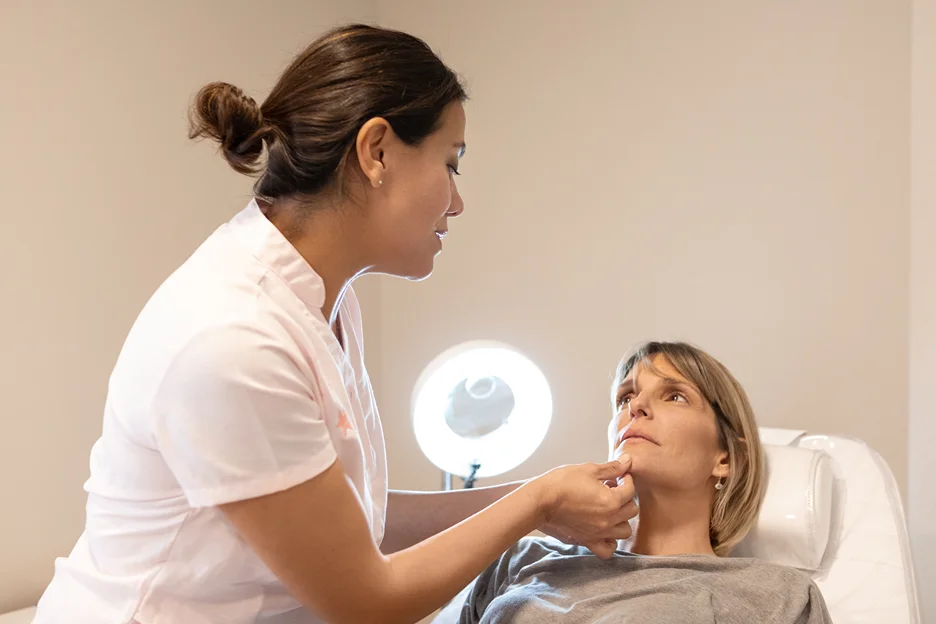
Your current lip size directly impacts the amount of filler you need. Smaller lips typically require less filler, while larger lips may need more, possibly in multiple sessions. Clearly communicate your desired lip size to your injector; reference photos can help ensure both of you’re on the same page.
Choosing the right filler type matters too. Filler types vary in density and hydration properties. Some products, like Juvederm Volbella, are known for their soft, hydrating effects, which might suit your aesthetic needs more than others.
Lip fillers come in syringes of various sizes; 0.5ml is often sufficient for subtle enhancements, while 1ml can be used for larger changes, or to treat both top and bottom lips. You and your injector should discuss the ideal amount.
Remember, achieving your desired aesthetic goals starts with a thorough understanding of your face’s unique features, your personal preferences about your lips, and choosing the suitable filler product.
- Consultations are crucial to determine the appropriate filler size for your face.
- Clear communication with your injector about your desired lip size is essential for achieving your aesthetic goals.
- Different filler types have varying properties that influence the final look.
Factors Affecting Volume
Several factors influence the optimal lip filler volume. Your individual characteristics, like existing lip size and shape, play a crucial role. A faster metabolism might mean fillers break down quicker.
Age and skin quality matter too; older individuals or those with less elastic skin might need more filler or more frequent treatments. Health conditions like diabetes or blood clotting disorders can also affect filler longevity and safety, so it’s important to discuss them with your doctor.
Your skincare routine and lifestyle choices also factor in. Smoking and sun exposure, for example, can reduce filler longevity.
Understanding your individual characteristics and choosing the right filler type are key. Different filler types have varying lifespans.
Hyaluronic acid fillers are popular for their natural look and 6-18 month duration. Poly-L-Lactic Acid fillers, not as common for lips, actually stimulate collagen production and can last up to two years.
The filler’s composition and the injector’s technique also matter, impacting longevity and the final result.
- Individual Traits: Your unique body chemistry affects everything, from metabolism to skin elasticity.
- Substance Selection: The kind of filler you choose greatly affects how long it lasts, and its impact on your lips.
- Lifestyle Considerations: Healthy habits like avoiding smoking and sun exposure make a real difference in filler longevity.
Common Filler Amounts
Common filler amounts vary, offering different degrees of enhancement. Choosing the right amount depends on your desired results and your doctor’s assessment, considering your lip structure and your personal aesthetic goals. Factors like your facial structure, your skin type, and previous filler experience influence the most suitable approach.
| Filler Amount (ml) | Typical Enhancement | Suitable For | Specific Enhancement Techniques |
| 0.5 | Subtle, natural increase | Defining, contouring | Lightening, hydrating |
| 1 | Noticeable, fuller | Minor asymmetries, thin lips | More dramatic fullness |
| 1.5 | Moderate, prominent | More pronounced look | Achieving desired results |
| 2 | Significant, very full | Achieving a fuller look | Shaping & volume |
| 2+ | Very significant enhancement & risk of overfilling | Advanced cases | Requires careful consideration |
Different filler types offer varying degrees of volume, longevity, and texture. Enhancement techniques may involve strategically placing the filler for specific effects depending on how your lips are structured. You may need follow-up treatments to maintain results.
Consultation & Assessment
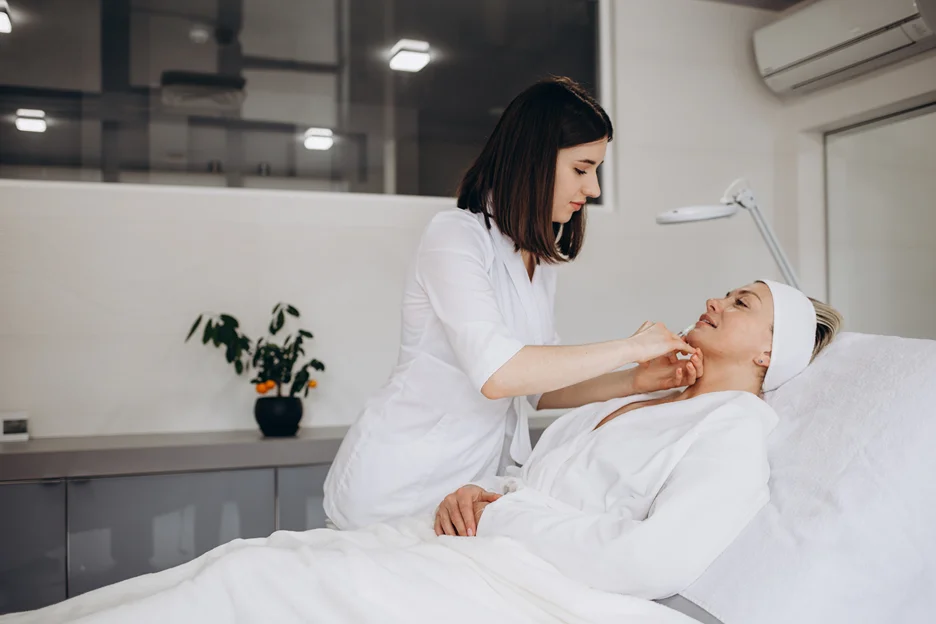
A thorough consultation is essential for safe and effective lip filler treatments. Your consultation will focus on goal setting and patient expectations, ensuring you’re happy with the results. This includes discussing desired lip enhancement, assessing your medical history, and evaluating your facial features. You’ll review potential risks, complications, and even alternatives. Your plan will be personalized, and you’ll receive a precise quote based on your needs and goals.
During the consultation, your practitioner examines your facial anatomy. This includes evaluating the natural shape and volume of your lips, considering how they interact with other facial features, and taking note of movement and structure. They identify areas needing volume or modification, and may take measurements or marking to pinpoint specific locations for filler application.
Together, you’ll determine the right filler type, like hyaluronic acid or collagen, based on your goals, plus discuss anticipated outcomes. They’ll explain advantages, potential side effects, and important risks. Understanding these elements is crucial to making an informed decision. Numbing options will also be thoroughly reviewed. Ask questions! Don’t be shy, clarify anything that’s unclear to you.
Finally, this process includes an informed consent review, emphasizing any potential risks or alternatives. Your practitioner will take “before” photos for comparison. They’ll ensure you completely understand the procedure, and create a personalized schedule, including any follow-up appointments.
- Establish clear goals for your lip enhancement.
- Understand the potential risks and benefits.
- Ensure that you’re fully informed and comfortable with the final plan.
Achieving Natural Results
After a thorough consultation and assessment, achieving natural-looking results from lip filler treatments hinges on several key factors. Your facial structure and proportions play a huge role, ensuring lip size complements your overall face.
Natural results depend on balancing lip size with other facial features, prioritizing harmony between upper and lower lips. Your current lip size and anatomy dictates how much filler you need for a natural look. Smaller lips require less filler, while larger lips may need more.
| Factor | Explanation |
| Facial Structure/Proportions | Maintaining natural lip symmetry and proportion with the rest of the face. |
| Current Lip Size/Anatomy | Aligning filler needs with existing lip shape and volume. |
| Desired Lip Aesthetics | Clearly defining your desired outcome helps achieve natural look. |
| Filler Amount & Techniques | Using gradual approach and appropriate filler placement. |
Post-Treatment Care
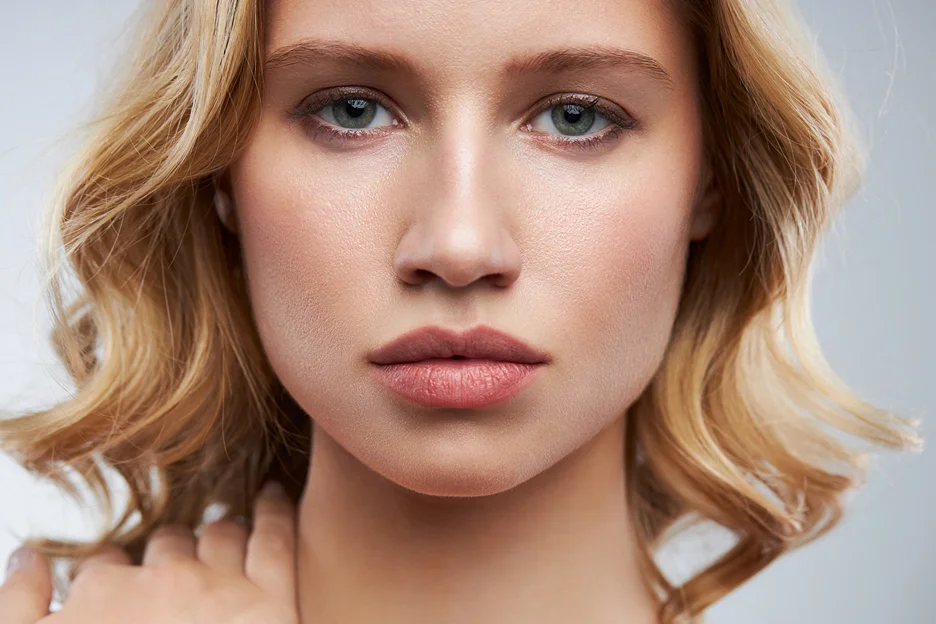
Drink plenty of water to stay hydrated, which aids in the healing process. Apply ice packs wrapped in a clean cloth to the treated area – this helps reduce swelling and bruising. And, keep those lips clean, avoiding touching them to prevent any potential infection. A nutritious diet full of fruits, vegetables, and avoiding excess sodium helps too. Avoid hot showers, saunas, and steam rooms for at least 48 hours to prevent further swelling.
- Avoid strenuous activities, kissing, or putting pressure on your lips for the first 48 hours.
- Skip smoking and alcohol for at least 48 hours to help your lips properly heal.
- No straws, and hold off on air travel for at least a week to avoid discomfort.
Gentle actions are key. Brush your teeth gently, without putting pressure on your lips. Sleep elevated with pillows to reduce swelling. Avoid lipstick and lip products in the first 24 hours. Steer clear of hard-to-chew foods for the first few days. Gentle skin products, and no exfoliating around your lips, are necessary.
Following up with the doctor and avoiding dental procedures, maintaining a healthy diet and hydration, and protecting your lips from sunburn, are important for filler longevity. Remember, these lifestyle adjustments ensure a smooth healing journey and help your results last longer.
Managing Side Effects
Commonly, lip filler procedures can produce temporary side effects like swelling and bruising. These effects are usually mild and resolve on their own within a few days. Applying arnica cream and using an ice pack can help reduce swelling and bruising. Don’t panic if your lips look larger initially; that’s often just swelling. Be patient and allow at least two weeks for the swelling to fully subside before seeing your final results.
| Symptom | Cause | Remedies |
| Swelling | Fluid retention after injection | Ice packs, arnica cream, elevation |
| Bruising | Small blood vessel damage | Arnica cream, avoiding strenuous activity |
| Mild Discomfort | Injection site irritation | Over-the-counter pain relievers |
Filler Longevity
Knowing how long your lip fillers will last is important. Different filler types have varying lifespans. HA fillers typically last 6-12 months, while collagen fillers are shorter-lived, lasting around 3-4 months.
Fat injections might last years, but are obviously a more involved procedure. Permanent fillers, like silicone, last a lifetime, unless you choose to have them removed. Thicker HA fillers can even last up to 18 months.
Understanding these filler types and their longevity factors is key to managing your expectations.
Several factors influence how long your fillers last. Your metabolism plays a big role; individuals with faster metabolisms may see quicker breakdown, while those with slower metabolisms may experience longer-lasting results.
Lifestyle choices also affect filler longevity. A balanced diet, hydration, and sun protection are important, whereas smoking or excessive alcohol consumption can decrease results. Stress and strenuous exercise might speed up breakdown too. The skill and exact technique of your injector matters a lot too.
Here are longevity factors to consider:
- Filler type directly impacts its duration.
- Individual metabolism significantly influences filler longevity.
- Lifestyle habits and aftercare play a pivotal role.
Proper aftercare instructions and avoiding triggers like fish oil or spicy foods will help your lip fillers last longer.
Top-Up Procedures
Maintaining your lip filler results often requires top-up procedures. These sessions refresh your desired lip volume and help maintain the look you want. Understanding top-up frequency and signs is crucial for optimal results.
| Top-Up Frequency | Top-Up Signs |
| Typically every 6-12 months | Decrease in lip volume |
| Varies by filler type and metabolism | Less lip definition, reduced initial results |
| Some as frequently as 6 months, others up to 18 months | Subtle contour & shape changes |
| Regular practitioner assessments key | Early signs identified in consult |
| Without top-ups, reversal possible | Maintaining aesthetic continuity |
Knowing the right top-up schedule is essential. Your practitioner can determine the best frequency for you, considering your unique body. Some individuals need top-ups every 6 months, while others can go up to 18 months before needing a touch-up.
Consultations will help you recognize top-up signs. Don’t ignore signs like diminishing volume or subtle contour changes. Quick adjustments prevent noticeable shifts in your lips’ appearance. Remember that following post-injection care instructions, using sunscreen, and maintaining a healthy lifestyle all help your results last longer.
Important Considerations
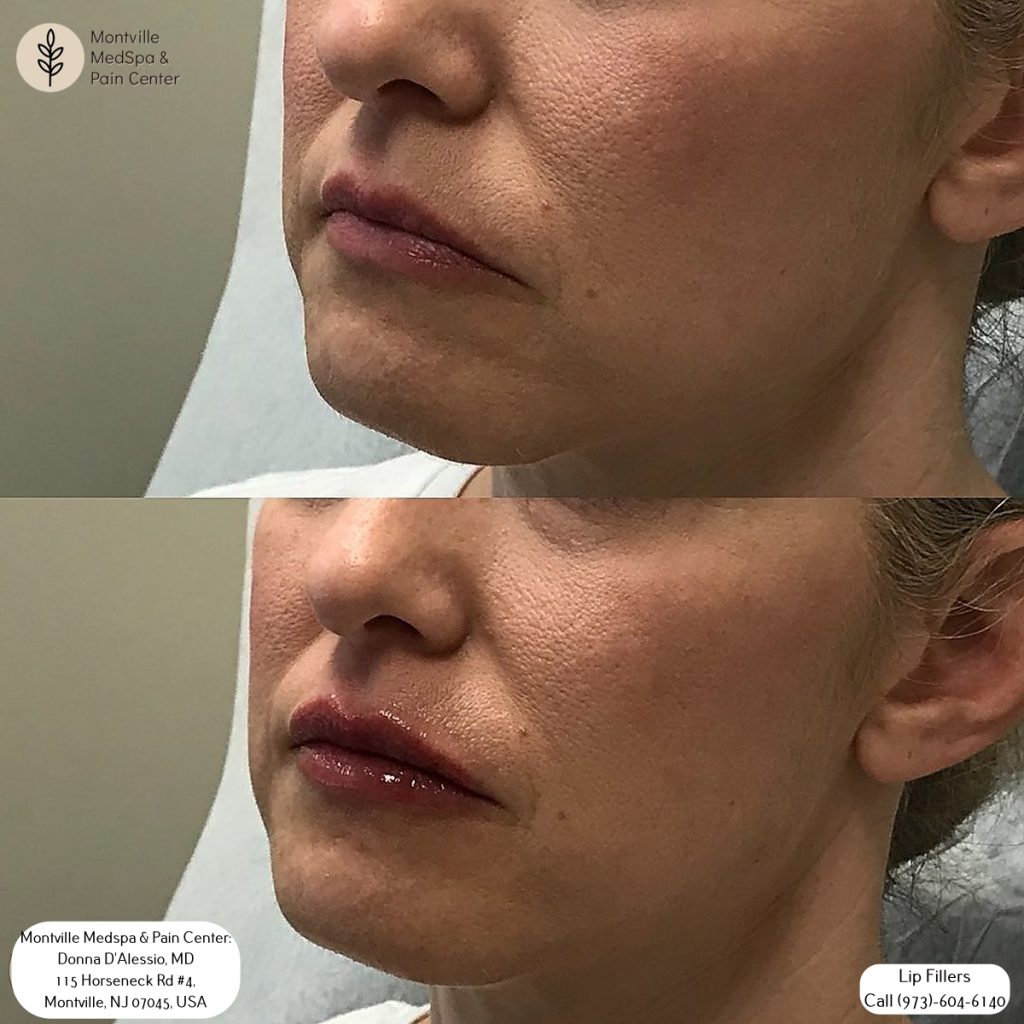
While aftercare is key to healing and optimal results, understanding individual needs is equally important for determining the right amount of lip filler. Your personal style and aesthetic goals play a huge role.
Do you want a subtle enhancement, or a more pronounced look? A fuller pout might require more filler than a barely-there change.
Consider your natural lip volume and anatomy. Each person’s lips are different, and the filler needs to be tailored perfectly. Your injector should also take into account your facial contours, ensuring the filler complements your overall look.
The type of filler matters too. Hyaluronic acid is common, and quality brands like Juvederm Vycross offer great results.
Remembering your age and skin quality is essential. Discuss your medical history with your injector.
Having realistic expectations about what’s possible is crucial – don’t strive for unrealistic results! A conservative approach, focusing on your natural beauty, avoids overfilled lips.







